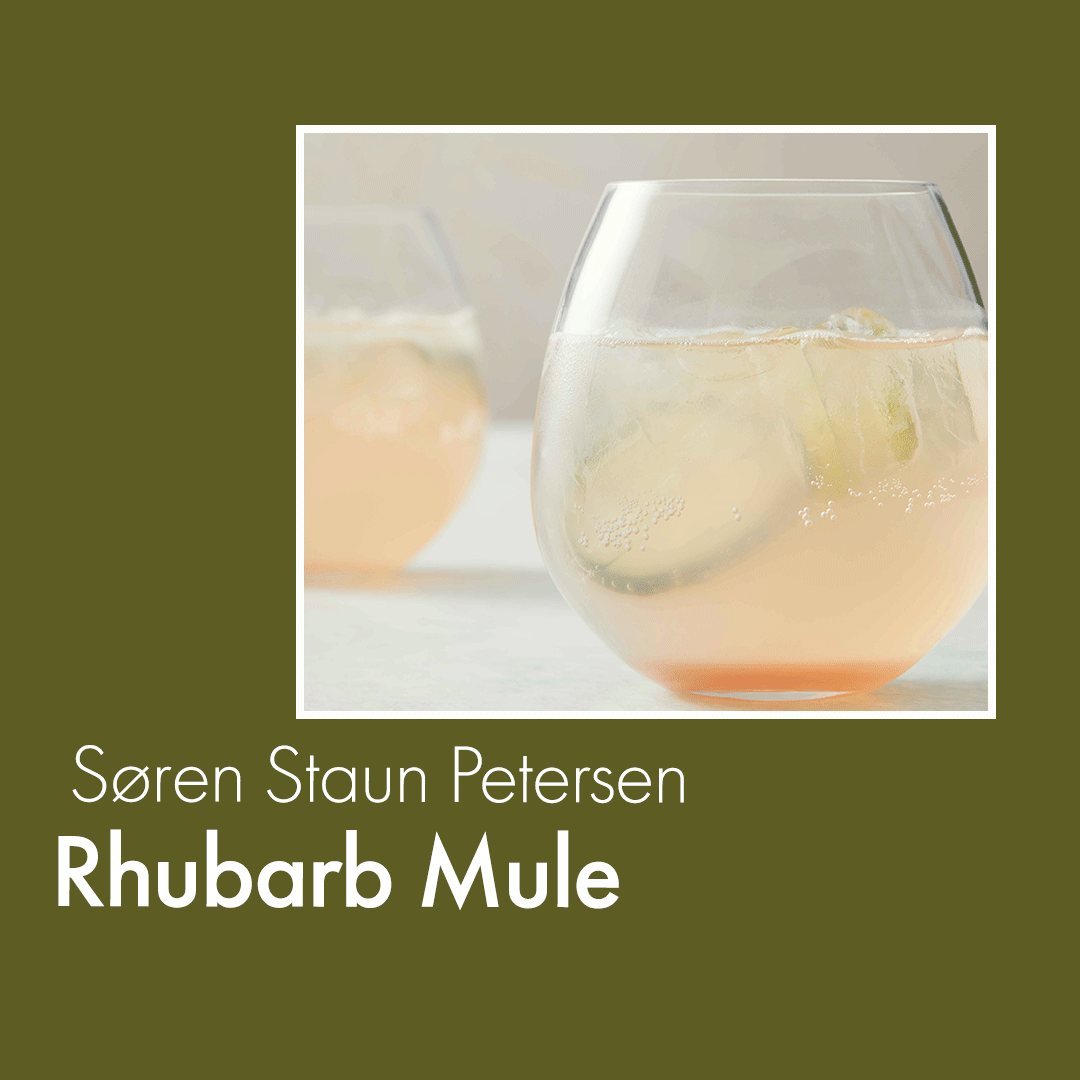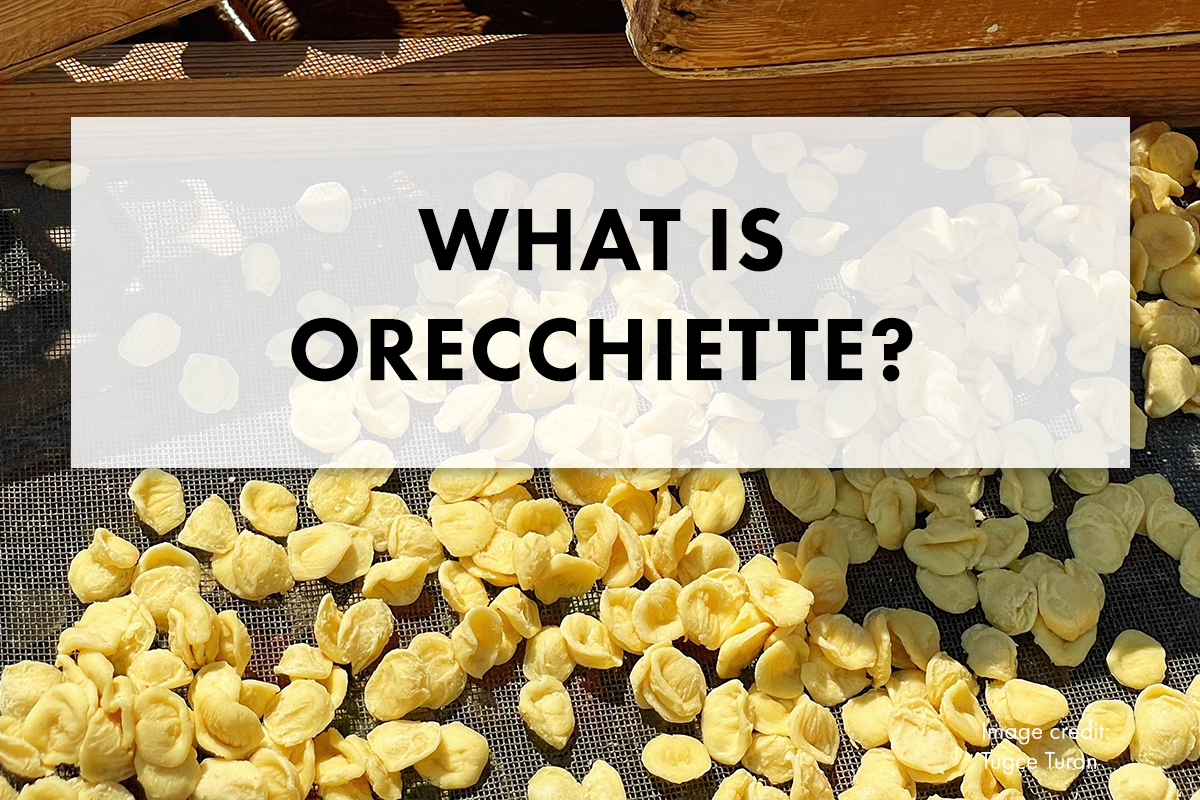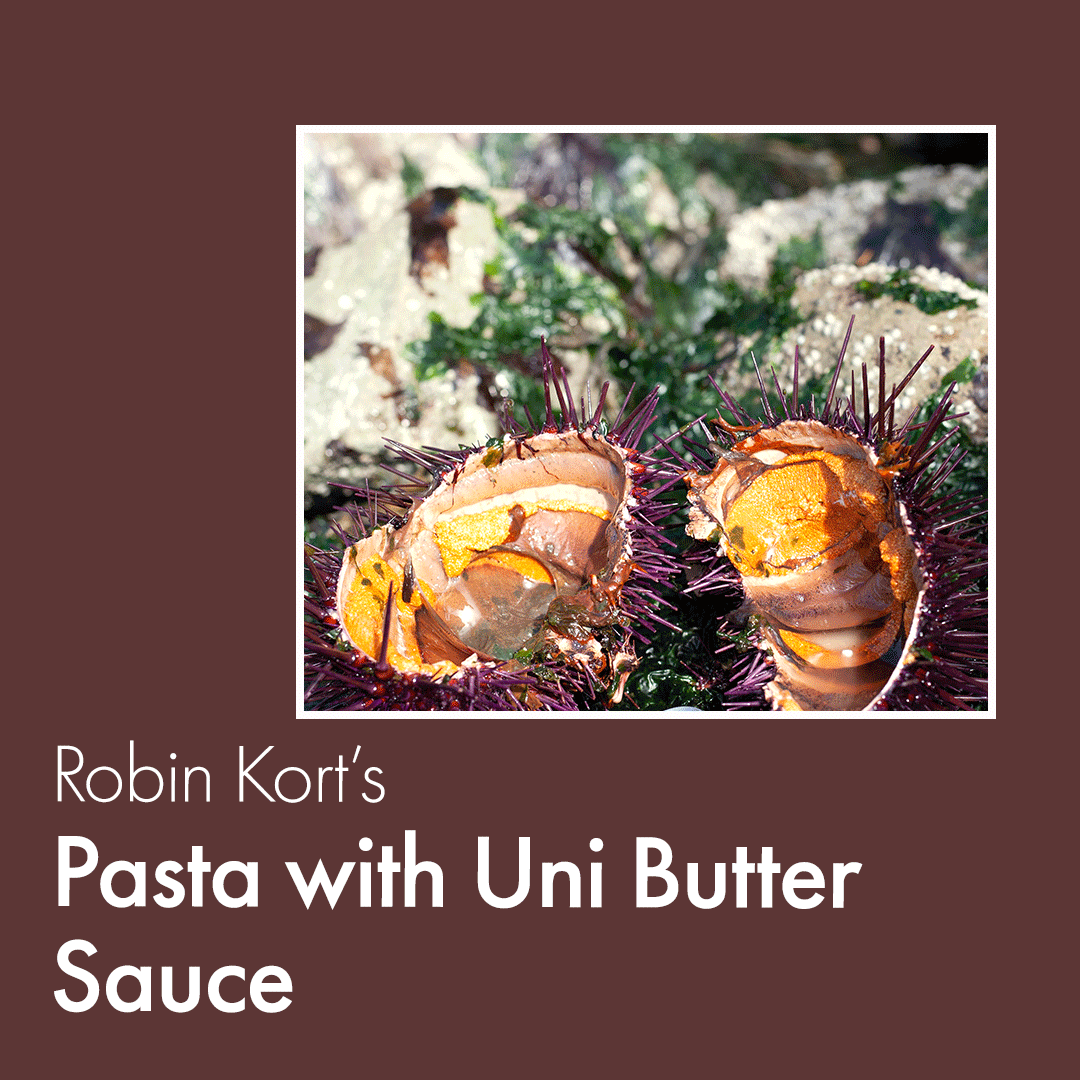Impress Your Guests with A Delicious Spread

How to Make a Cheese Board
Five cheeses is a good number to start with. I always prefer odd numbers to even numbers when assembling a cheese platter—it just looks better somehow. Here in North America a cheese board usually includes many things besides cheese—crackers, olives, cured meats, grapes. . . The French are generally far more minimalist when it comes to the presentation of cheese. A cheese course in France is just that: a variety of cheeses to choose from. Baguette slices are usually on the table anyway in a separate bowl or basket. Facile! I always serve cheeses whole, as that is the way I learned to do it in France.

To serve just a portion of a freshly bought cheese feels a bit cheap to me. Then again, Franck and I are a running joke among our friends for always providing ten times the food our guests could possibly eat. I guess this habit has to do with the fact that cheese is so much less expensive and more plentiful in France. Of course, it is perfectly acceptable to serve some partially consumed cheeses on a cheeseboard, although maybe not at a formal dinner. Wrap cheese in wax or butcher’s paper to store it—never in plastic wrap. I always take it out of the fridge an hour before serving to bring it up to room temperature, which is the ideal serving condition for all cheeses.
The Cheeses You Need
- A medium to hard sheep cheese such as a Manchego or a Lévéjac (pictured is a Tomme)
- A blue cheese such as a Roquefort (pictured) or a Stilton
- A goat cheese such as Selles-sur-Cher (pictured) or Saint-Maure
- A soft cow cheese such as a Camembert (pictured) or Brie
- A hard cow cheese such as a Comté (pictured) or an excellent cheddar
Recipe from Bisous & Brioche by Laura Bradbury and Rebecca Wellman. Copyright © 2020 by Laura Bradbury and Rebecca Wellman. Reprinted with permission of TouchWood Editions.







